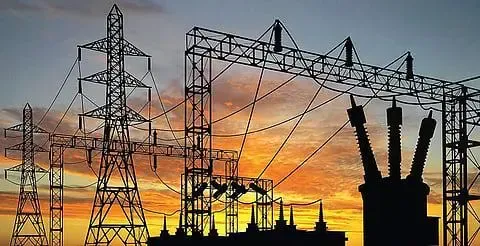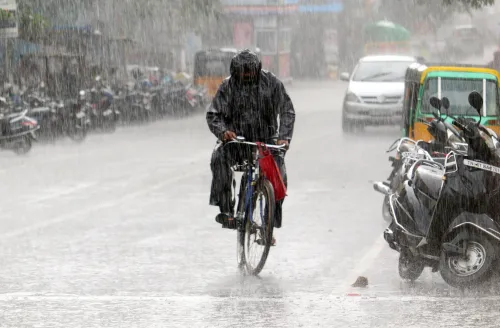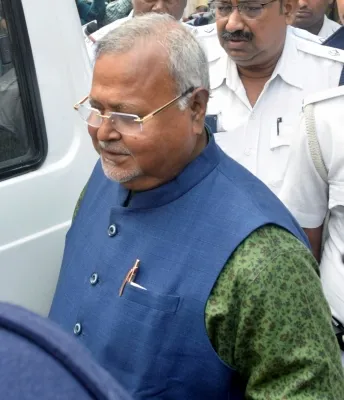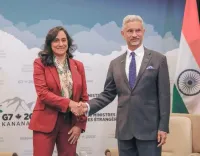Did Maratha forts really secure UNESCO World Heritage status, marking India’s 44th global recognition?
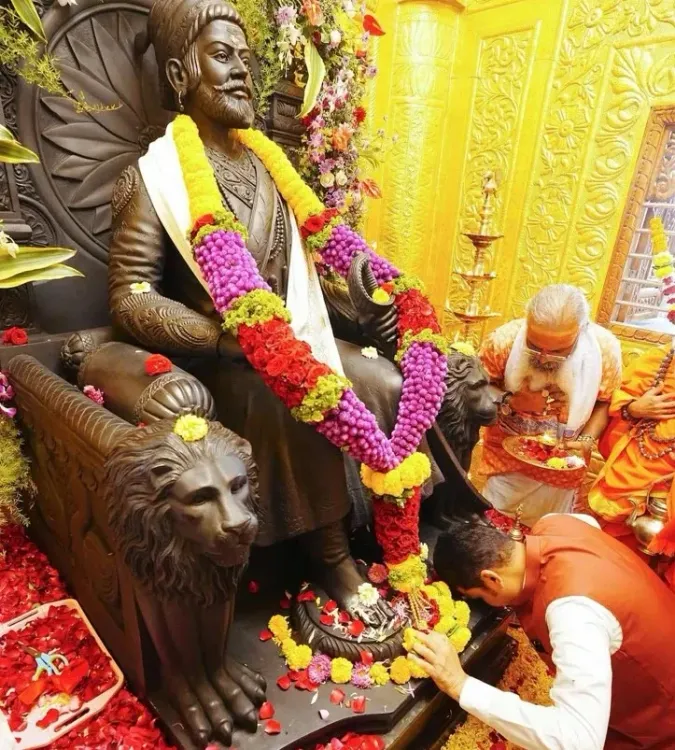
Synopsis
Key Takeaways
- UNESCO recognizes Maratha forts as a crucial part of India's heritage.
- Historical significance spans the Maratha Empire from the 17th to 19th centuries.
- Recognition underscores preservation efforts by the ASI and state government.
- India continues to enhance its cultural footprint with 44 World Heritage Sites.
- Forts exhibit unique military architecture adapted to diverse terrains.
New Delhi, July 11 (NationPress) In a monumental move during the 47th session of the World Heritage Committee in Paris, UNESCO has officially added the ‘Maratha Military Landscapes of India’ to its World Heritage List, signifying India's 44th globally recognized heritage site.
This esteemed acknowledgment honors the architectural excellence, tactical military insights, and lasting cultural heritage of the Maratha Empire, which flourished from the 17th to 19th centuries.
Prime Minister Narendra Modi, Culture Minister Gajendra Singh Shekhawat, and Maharashtra Chief Minister Devendra Fadnavis celebrated this achievement, deeming it a moment of national pride.
This milestone underscores the diligent efforts of the Archaeological Survey of India (ASI) and the Maharashtra government in protecting these historical landmarks.
The nomination, initiated in January 2024, was rigorously evaluated over an eighteen-month span, involving technical reviews and site assessments by ICOMOS.
The committee reached its final decision after a brief but thorough 59-minute discussion, with 18 out of 20 State Parties backing India's application. Both UNESCO and its advisory bodies praised India's accomplishment.
The recognized sites comprise twelve forts across Maharashtra and Tamil Nadu: Salher, Shivneri, Lohgad, Khanderi, Raigad, Rajgad, Pratapgad, Suvarnadurg, Panhala, Vijaydurg, and Sindhudurg in Maharashtra, along with Gingee Fort in Tamil Nadu.
These forts, positioned in diverse landscapes—from hilltops to coastal areas—exemplify the Marathas’ adeptness at tailoring military architecture to their surroundings.
Under the protection of the Archaeological Survey of India and the Directorate of Archaeology and Museums, Government of Maharashtra, these forts serve as vibrant reminders of India's illustrious heritage. Their inclusion was justified based on cultural criteria that acknowledge their significant contributions to a living tradition, architectural and technological importance, and profound historical connections.
India currently ranks sixth worldwide and second in the Asia-Pacific for the number of World Heritage Sites, further solidifying its cultural influence.
With 62 sites listed on the Tentative List and active participation in the World Heritage Committee (2021–25), the nation reaffirms its dedication to preserving and showcasing its rich heritage on a global platform.

